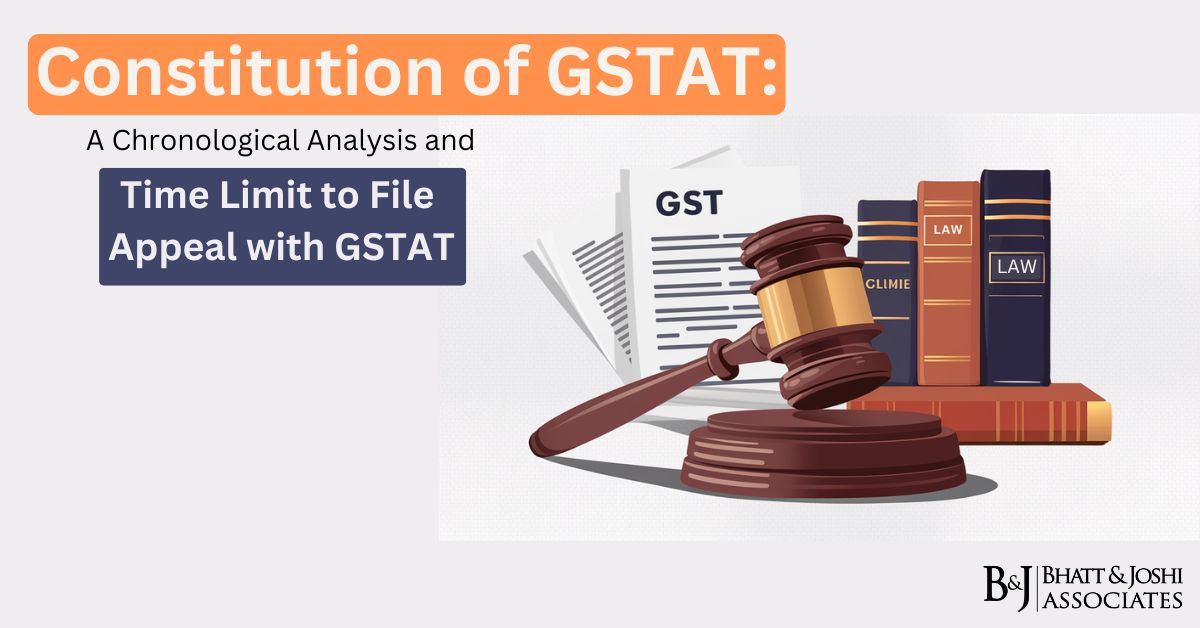Introduction
Under the Income Tax Act, 1961, the computation of income is categorized into five heads, with Capital Gains being one of them. Capital Gains entail profits or gains derived from the transfer of capital assets. This comprehensive guide aims to provide a detailed understanding of Capital Gains, including the types of income falling under this head and the computation methods involved.
Understanding the Five Heads of Gross Total Income
- Salaries: This head encompasses remuneration in any form due for personal service under an express or implied contract of employment or service.
- Income from House Property: Any income received from the ownership of any house falls under this head.
- Profits and Gains of Business or Profession: Income earned from business or profession is covered under this head.
- Capital Gains: Profits or gains arising from the transfer of a capital asset are included in this head.
- Income from Other Sources: Residuary income that does not fall under any of the preceding heads is categorized under this head.
Income under the Head of Capital Gains
Capital gains refer to any profits or gains arising from the transfer of a capital asset. The term “capital asset” is defined under section 2(14) of the Income Tax Act, 1961. It includes property of any kind held by an assessee, excluding certain specified assets such as stock in trade and personal effects held for personal use.
Types of Capital Assets
Capital assets are divided into two categories: short-term and long-term, based on the period of holding. Short-term capital assets are those held for up to 12 months (or 36 months in certain cases), while long-term capital assets are held for longer durations.
Modes of Computation and Deductions for Capital Gains under Income Tax Act
Section 48 of the Act outlines the computation of capital gains. It provides for deductions from the full value of consideration received, including the cost of acquisition, expenditure on improvements to the capital asset, and expenses incurred in connection with the transfer of the asset.
Cost Inflation Index
The cost of acquisition of long-term assets and the cost of any improvements thereto are adjusted using the Cost Inflation Index. This index helps account for inflationary changes in the value of the asset over time, thereby providing a more accurate assessment of capital gains.
Conclusion on Capital Gains under Income Tax Act
Understanding Capital Gains is essential for taxpayers engaged in the sale or transfer of capital assets. By comprehending the intricacies of this tax regime, individuals can optimize their tax liabilities and ensure compliance with regulatory requirements. With detailed knowledge of the types of income falling under Capital Gains, the methods of computation, and the deductions allowed, taxpayers can navigate this aspect of taxation more effectively.














